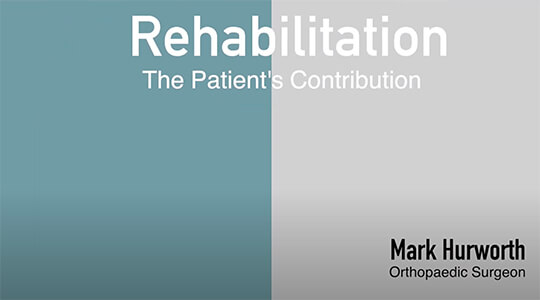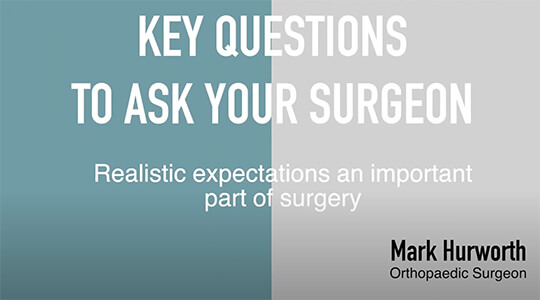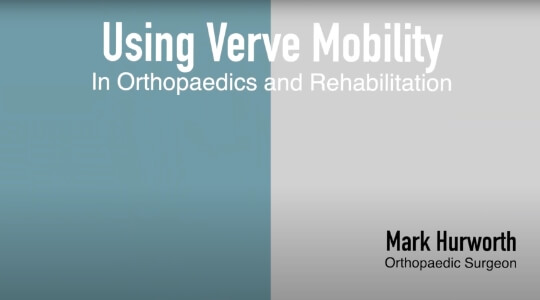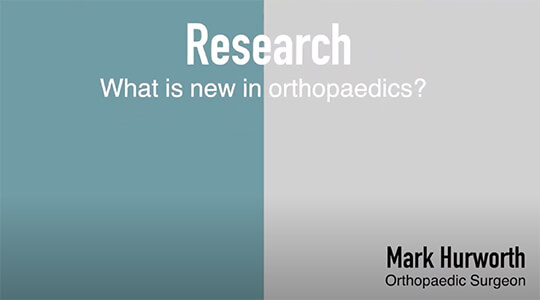Research in orthopaedics
Our research: solving the measurement problem in orthopaedic surgery
Innovative world-first research done in Perth now allows us to remotely measure your efforts in your own home, as you prepare for surgery or recover from it. This means that we can tailor your exercises to your needs and help you get the best possible outcome.
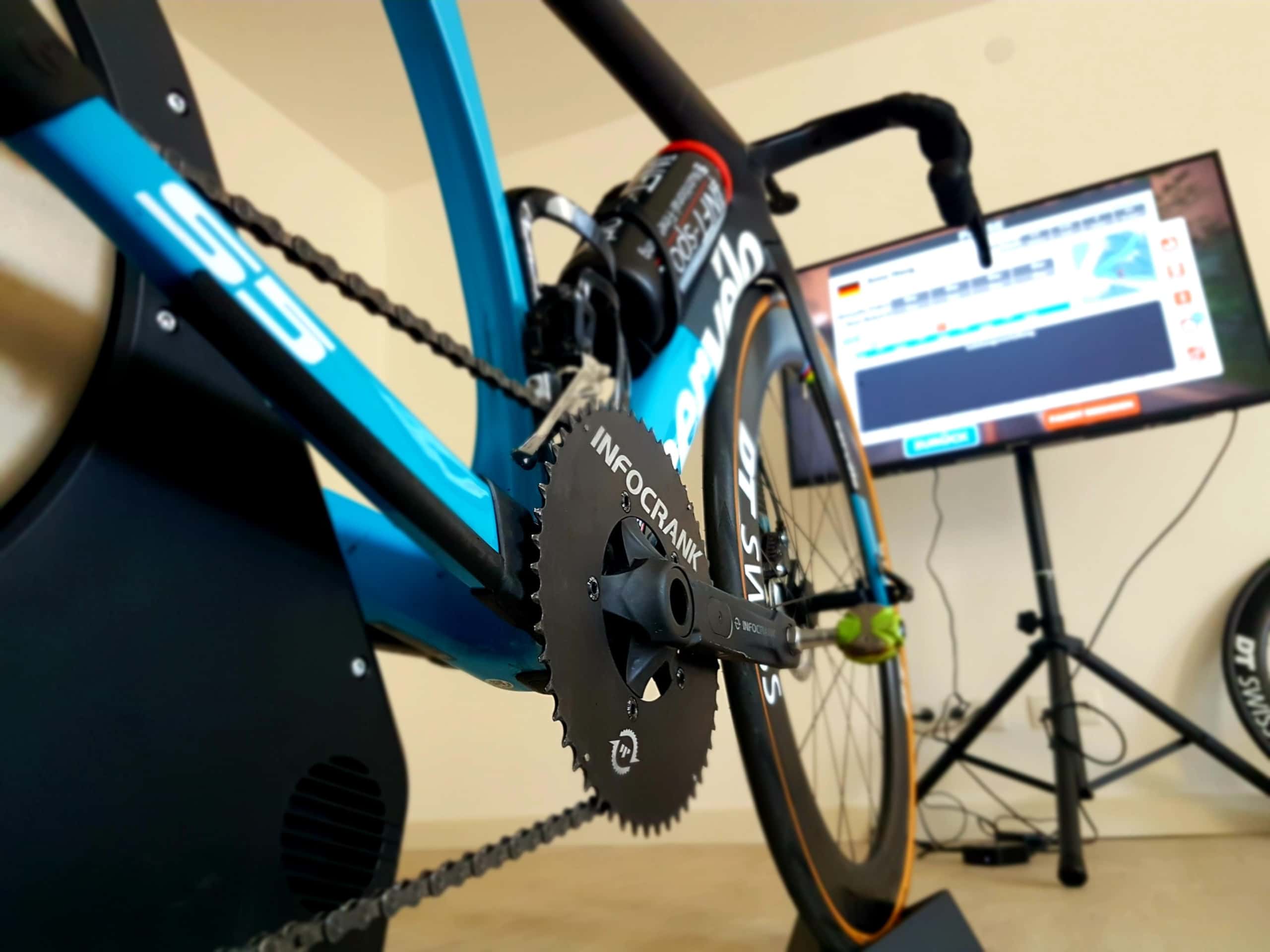
My orthopaedic practice in a nutshell
Post-op exercises research
Why measurement matters.
The research projects I am part of at Murdoch Hospital in Perth aim to clarify what we believe is the key problem facing us in Orthopaedics and Musculoskeletal health.
To put the problem as simply as possible: there are two main variables in my discipline – the surgery itself, and the patient. Whilst we have always known that the patient contribution is essential, we have been poor at measuring it. In other words, your agency as a patient (effort, motivation and compliance) have a major effect on your outcomes, both for better and for worse.
The problem is that, if you are unable to properly measure a major variable, then your outcome measurement is also, by definition, fundamentally compromised.
In addition to the lack of proper measurement of a key variable, our major outcome measurements are called patient-reported outcomes measurements (PROMs) and are themselves subjective and problematic to say the least.
The technology we have developed, and are now fine-tuning, solves both of these problems by clearly defining a target for patient effort, monitoring compliance, and measuring outcomes objectively.
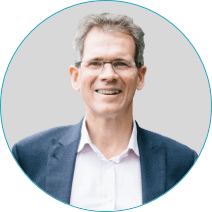
Mark Hurworth, Orthopaedic surgeon Perth
“Most patients want to know what they can do to avoid, prepare for, and recover quickly after surgery (orthopaedic surgeons also want this!). We believe we now have the tools to provide clear guidance and a gold standard in this area.”
An illustration of why measurement like this matters, is in the management of knee arthritis, where we see that:
- Patient effort (in this case supervised exercise) provides an improvement of symptoms over time without surgery :
- Surgery is superior to this, i.e. provides an improvement in symptoms over time above exercise alone, but at the same time some of the patients who embark on exercise alone don’t go on to have the surgery!
- The ideal combination will often be both surgery and exercise. But knowing what constitutes a successful outcome, when to intervene etc is the secret sauce! That is the focus of our research.
So if we look at it visually it looks something like the chart below,

The core of this new research involves Australian-designed technology from elite cycling. It allows us to measure your effort as a patient and the power used during exercise, in an extremely precise and accurate way. We can now use this data to measure the quality of your knee movements for example, so the exercises we prescribe for you are 100% personalised.

Mr Mark Hurworth, Perth orthopaedic surgeon
Many of my patients tell me that they didn’t realise they could get a lot better just doing this. It sometimes also means that we can avoid surgery altogether. And even if you can’t avoid it, you can be better prepared for surgery and everyone benefits.
One of the most surprising things we have found is that this has the most effect on the people who least expect it, especially people who have not really been known for their athletic prowess. It makes sense though, that if you have never really paid much attention to your muscle power and joint flexibility, this intervention will make the most difference to you!
Why is this innovative research beneficial for me as a surgeon? Like all sensible surgeons, I want to operate on patients who are motivated to improve and who clearly understand their own contribution.
This technology is a world-first, and I am privileged to be involved with it alongside some of my colleagues at Murdoch.
Innovate research in orthopaedics at Murdoch
An innovative approach for you as a patient: titrated exercise
I would say one of the revolutionary aspects of this approach for patients can be summarised in a simple way: we are using exercise as a medication – it has all the benefits of the best medications, without any of the side effects. In addition, we carefully measure the effects on performance ie we train to improve performance.
We are now able to remotely measure your efforts as you prepare for surgery or during your recovery. The exercise program is created and fine-tuned to meet your circumstances. Everything is monitored 24/7 via our app and we can adjust your exercises in real-time along the way.
The big benefit for you is that you can do this at home. If – for whatever reason- you are not hitting your targets, we may get you to come in for an assessment. In reality, more than 90% of our patients are sitting where we want them or even better, once they get familiar with the system.
Story continues below video gallery
Videos about research in orthopaedics
Measuring patient agency
Solving the problem of measurement in orthopaedic surgery - what difference will it make?
As discussed above, patient agency is a significant and measurable variable that should be taken into account, and if it is not it will distort other outcome measures (which are themselves poor). This is a hugely important area for thinking orthopaedic surgeons and patients.
With this research and the development of associated machine-learning pathways, what I call the 3 big questions can now be answered:
- How can we be sure that you have exhausted exercise as a reasonable non-surgical option?
- How do we know you are optimally prepared for surgery?
- And how do we know you are doing the right things/meeting targets once you have had surgery?
In addition, we can provide objective measurement to supplement the presently used subjective outcome scores (which are clearly not sufficient).

Mr Mark Hurworth, Perth orthopaedic surgeon
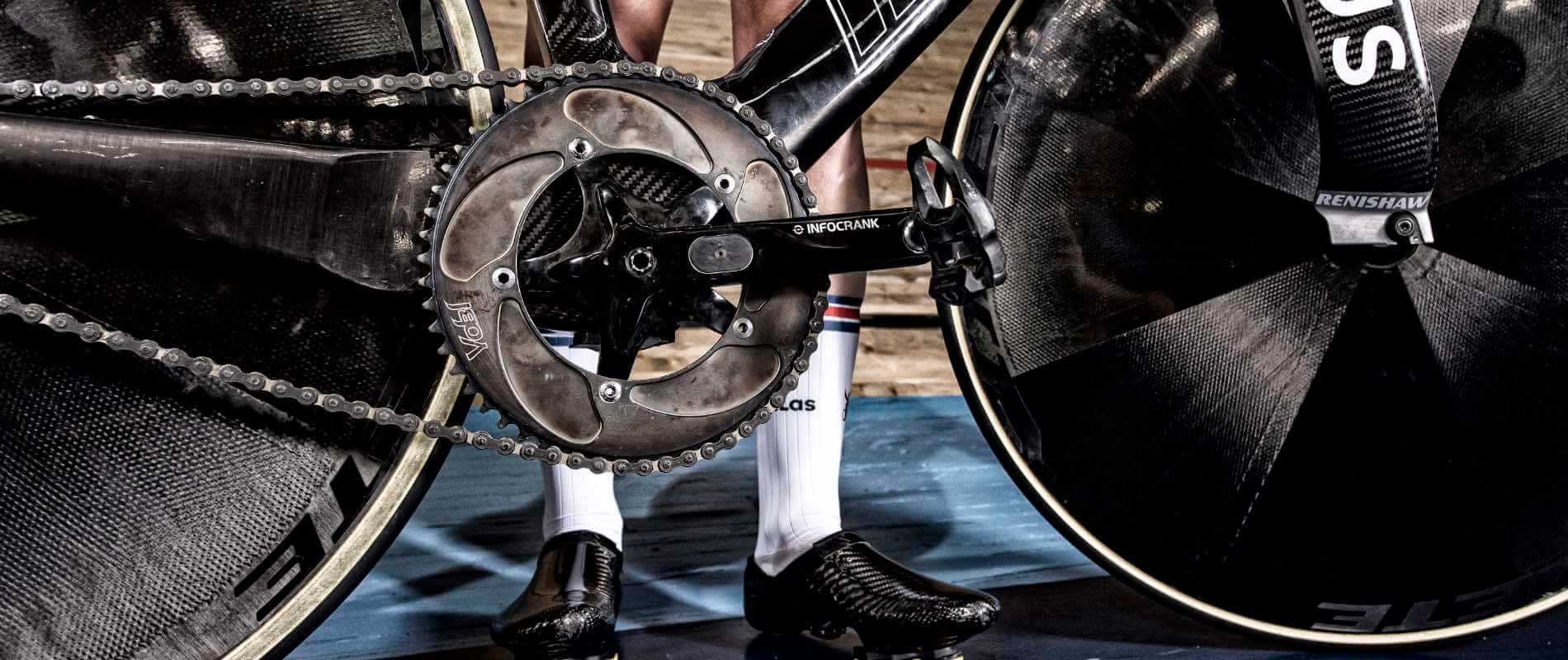
Research in orthopaedics: recovery
What to expect from recovery?
Your best friend in recovery on our research pathway will be a fold-out bicycle for home use. It has extremely sensitive measurement tools in the frame, and they communicate with our research station.
By comparison, typical wearable devices such as Fitbits and Apple Watches use algorithms to register how you are moving (all the while filling in data gaps), but this technology is different. It delivers extensive amounts of granular, accurate data in real-time.
Even the smallest amount of change -for better or for worse- is picked up. We can then have a chat and see if we want to make a few changes, depending on where you are at in your program.
When people typically ask “why do you need this level of measurement?”, the answer is simple: we need a level of accuracy which is superior to the difference we are hoping to be able to achieve by our treatment. For instance, if we are hoping for a 2% improvement, then the error of measurement needs to be well under 1%. Just as with elite athletes, who train in the top 1%, my patients may be in the bottom 10% of performance, but I still need that level of accuracy.
research in orthopaedics
What type of expertise is involved?
I first became aware of this device through friends in Perth and Austria who are very involved in the area of measurement in cycling. They were just honestly interested in being as accurate and precise as possible with measurement.

Mr Mark Hurworth, Perth orthopaedic surgeon
Since then, the whole area has opened up. The main challenge is like mapping the ‘ocean floor’ as it were. It is a new type of measurement that has not been possible before. We have to work out what is normal, what exactly to measure and how and when to intervene. It is certainly very exciting and I expect it will keep me occupied for the rest of my career.
research in orthopaedics
Can I become part of the program?
We are aiming to see the introduction of this program globally over the next few years. As we currently depend on a handful of machines, we are a bit constrained by research funding. The next step is to persuade health funds to invest in this area.
We want to maintain the research side at the highest level and it means that our initial devices are all involved in clinical trials, especially around knee arthritis and knee replacement.
There is significant interest from patients as one would expect. We are refining the technology now before we can offer it to patients worldwide, as soon as the devices are more portable.
So the quick answer is – yes, there are opportunities for you in Perth to benefit from this research. But watch this space…there is a lot happening!
